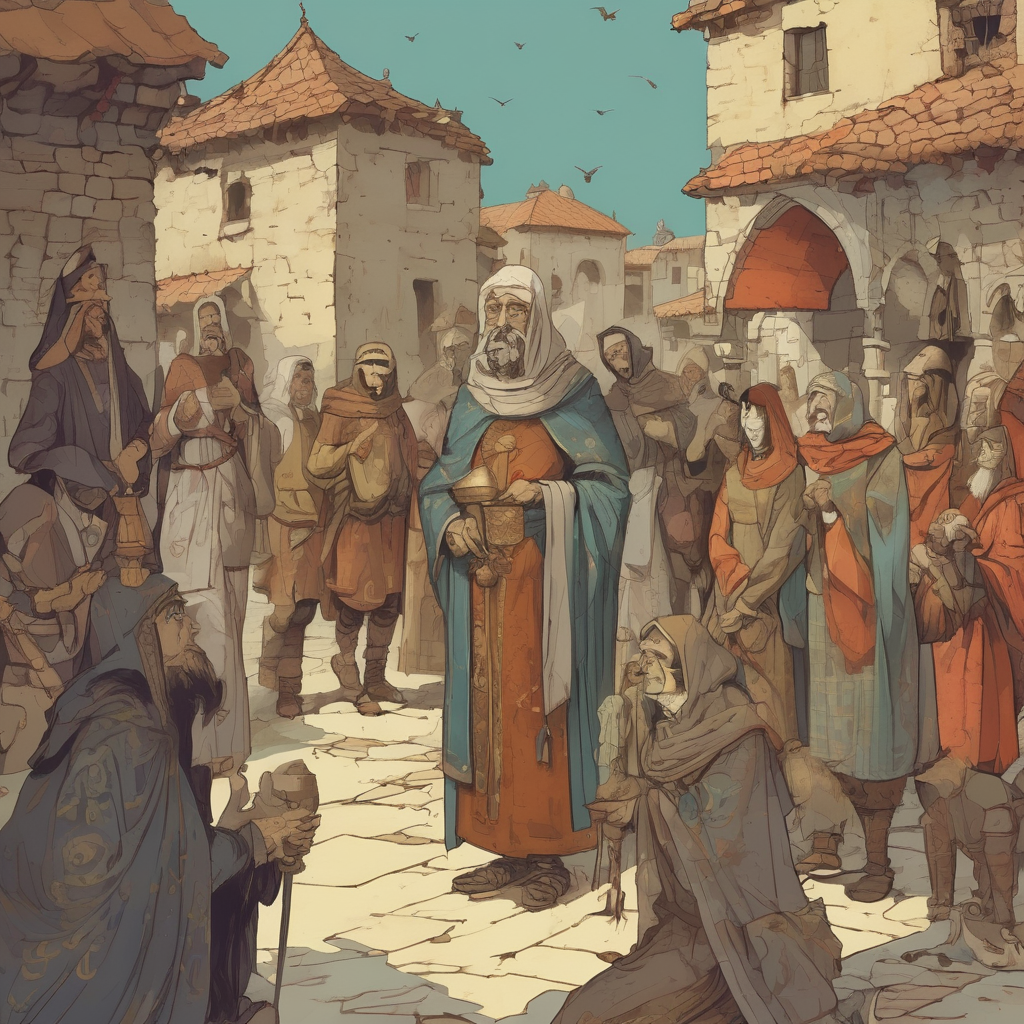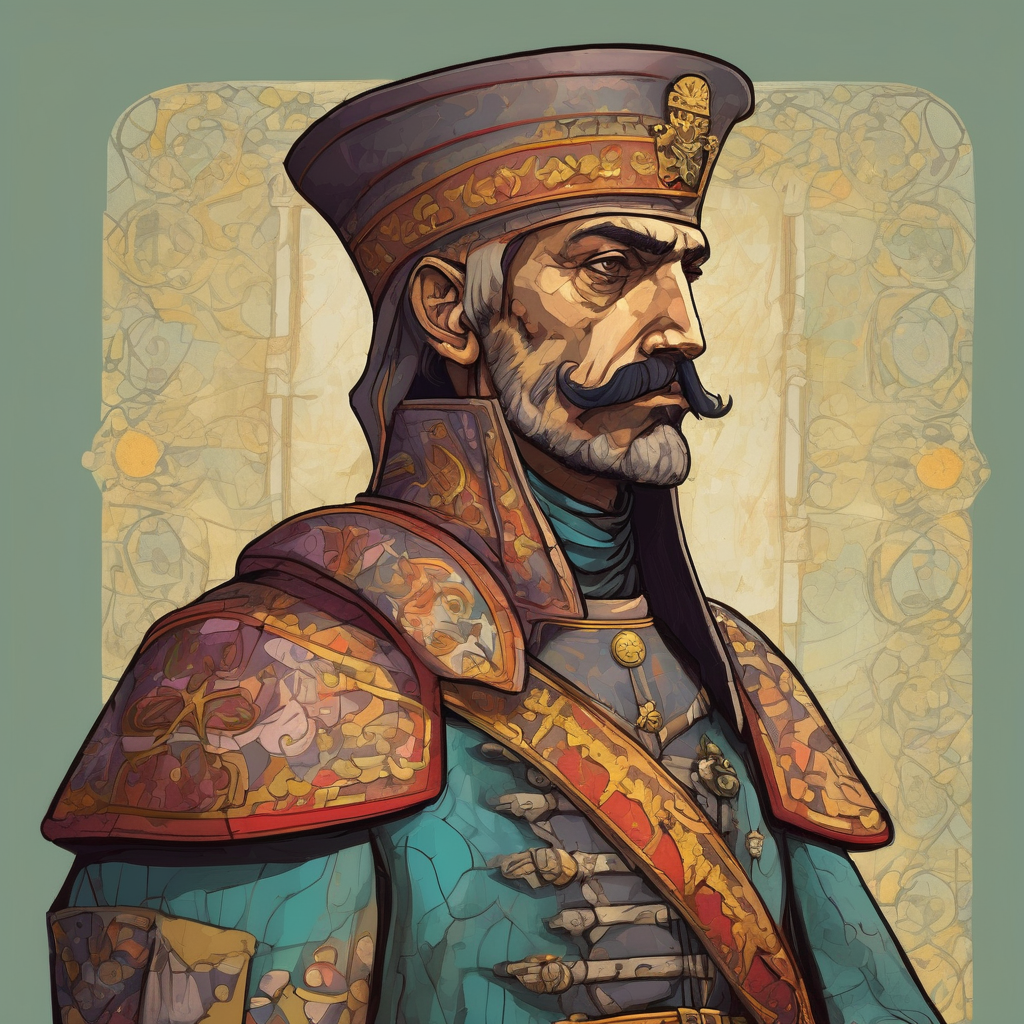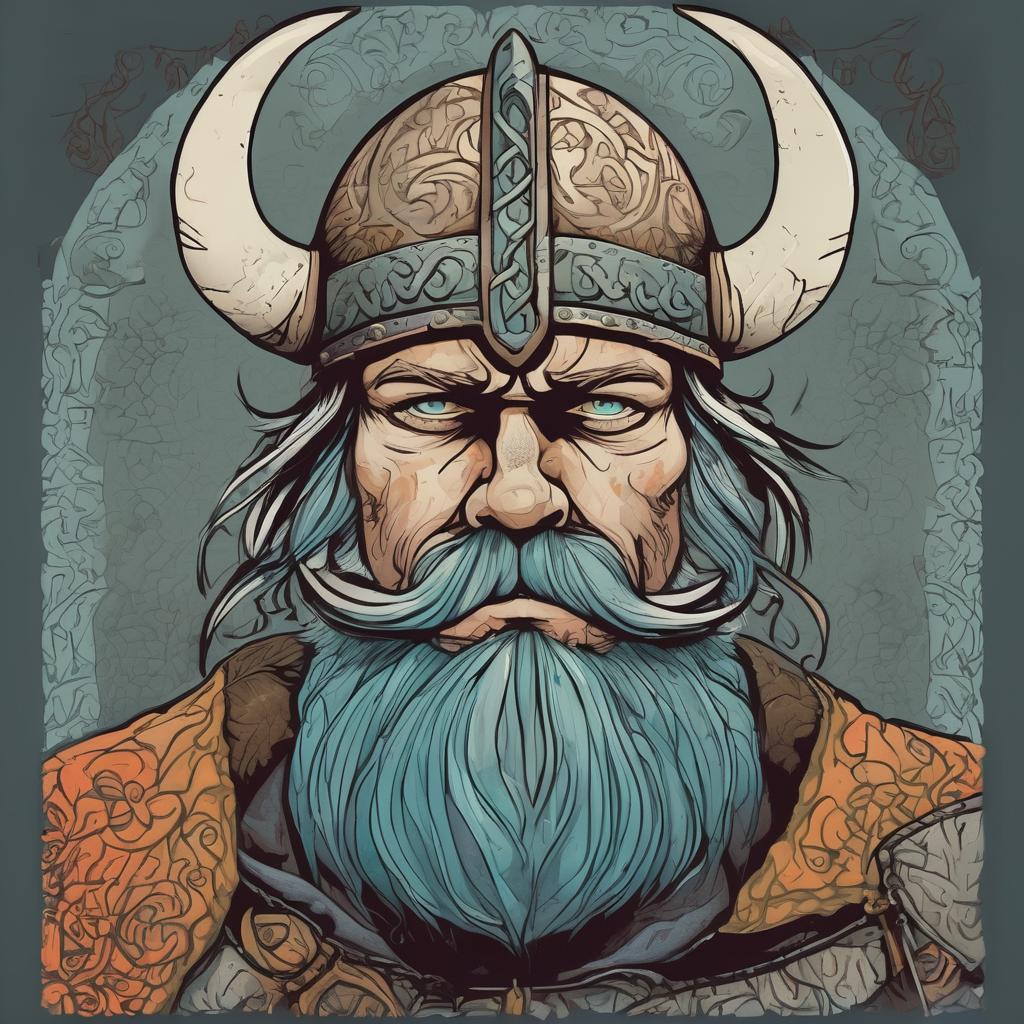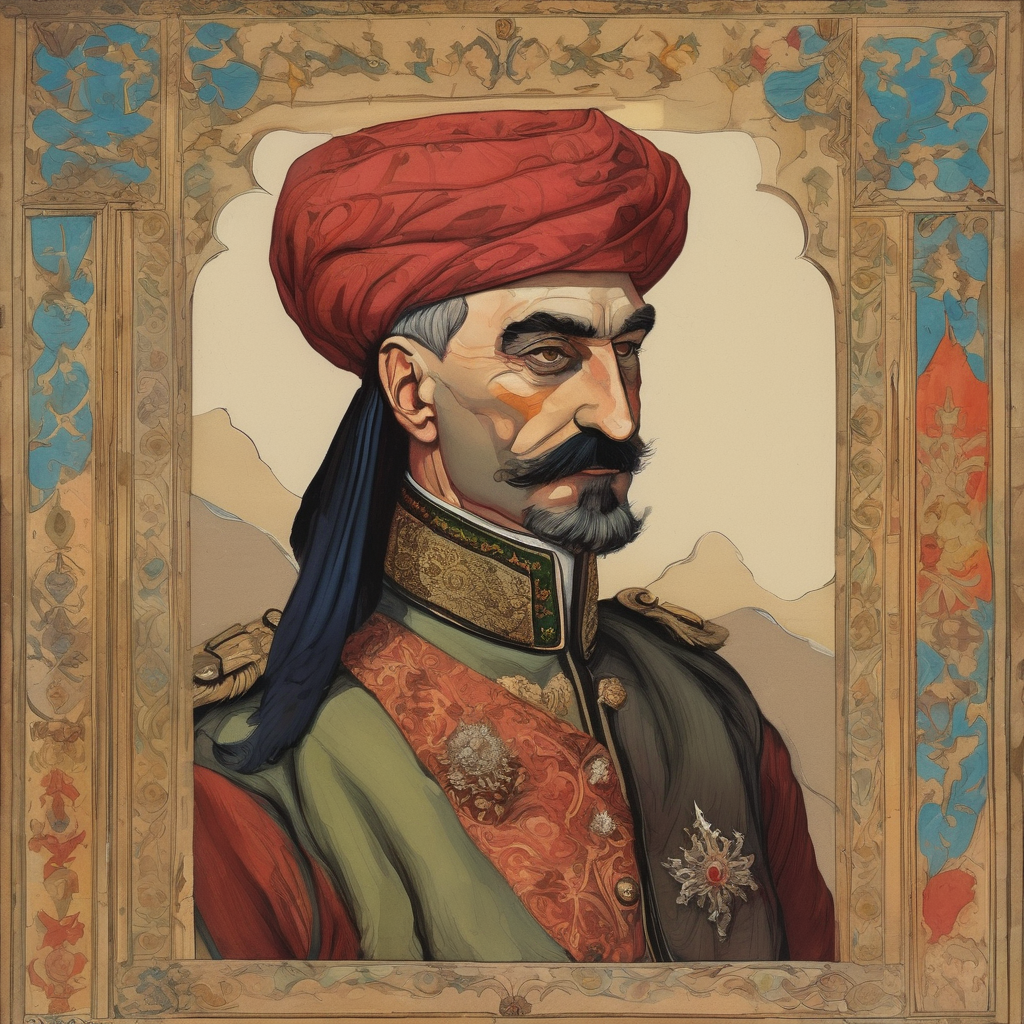
The Byzantine Empire is generally considered to have begun with the establishment of Constantinople as the capital of the Eastern Roman Empire in 330 AD and continued until its fall in 1453. Here’s a breakdown of key milestones that help define when it was regarded as an empire:
Foundation of Constantinople (330 AD):
Emperor Constantine I formally established Constantinople (formerly Byzantium) as the new capital of the Roman Empire. This marked a significant shift from Rome and laid the foundations for what would become the Byzantine Empire.
Division of the Roman Empire (395 AD):
Upon the death of Emperor Theodosius I, the Roman Empire was permanently divided into Eastern and Western segments. The Eastern Roman Empire, centered in Constantinople, continued to thrive, while the Western Roman Empire rapidly declined.
Recognition as a Distinct Empire (6th Century):
The reign of Emperor Justinian I (527-565) is often viewed as the height of the Byzantine Empire. Justinian sought to reconquer lost territories of the Western Roman Empire and codified Roman law (Corpus Juris Civilis), further establishing the empire’s identity and authority.
Cultural and Religious Identity: (9th Century)
Over the centuries, especially after the Great Schism of 1054, the Byzantine Empire developed a distinct identity, characterized by its Greek culture, Orthodox Christianity, and unique administrative practices. This cultural evolution solidified its status as a separate entity from the Roman Empire.

The Varangian Guard (10th Century)
Established in the 10th century, around the reign of Emperor Basil II (reigned 976–1025). It initially comprised Norse warriors who were attracted to the wealth and military opportunities in the Byzantine Empire. The Guard reached its height during the 11th century, serving as an elite unit and personal bodyguard to the emperor. Their reputation for loyalty and combat prowess made them a formidable force in both military campaigns and court politics. Over the centuries, the composition of the Guard evolved. While it started with Norse warriors, it gradually included Slavs, Greeks, and other ethnic groups. This diversification reflected the changing demographics of the Byzantine Empire and the integration of various cultures.
The Varangian Guard had a distinctive organizational structure that contributed to its effectiveness as an elite military unit within the Byzantine Empire. The Guard was typically led by a commander, known as a stratigos, who was responsible for overall leadership and strategy. This position was often held by a Byzantine noble or a trusted military leader. Beneath the commander were various subordinate officers, including captains (komes) who oversaw smaller groups of troops. These officers were often experienced warriors from the ranks of the Guard.
The Varangian Guard was primarily composed of elite warriors, many of whom were Norsemen (Vikings) or Slavs. They were known for their combat skills and loyalty.
The Guard was organized into smaller units, often called bonds, similar to modern military squads. Each unit operated under the command of a captain, allowing for flexibility in battle.
The Varangians were known for their distinctive battle tactics, often employing the shield wall formation, which relied on their strength and cohesion in close combat.
The primary role of the Varangian Guard was to serve as personal bodyguards to the Byzantine emperor. They were tasked with protecting the emperor during ceremonies and in times of crisis.

Harald Hardrada, also known as Harald Sigurdsson, was a significant figure in Viking history, known for his military exploits and brief reign as King of Norway. He was a half-brother to King Olaf II of Norway (Olaf Tryggvason), who sought to Christianize Norway. After Olaf II was defeated and killed at the Battle of Stiklestad in 1030, Harald fled Norway, initially seeking refuge in various countries and eventually making his way to the Byzantine Empire. Harald joined the Varangian Guard around 1034, where he quickly rose to prominence due to his combat skills and leadership qualities. During his time in the Guard, he participated in several military campaigns across the Byzantine Empire, gaining valuable experience in warfare and strategy. After several years in the Guard, Harald returned to Norway in 1045, claiming the throne. He successfully defeated the ruling king, Magnus the Good, and took control. Initially, he co-ruled with Magnus until Magnus's death in 1047, after which Harald became the sole king.
Consolidation of Power (11th Century):
The 10th and 11th centuries saw a period of territorial expansion and military success, often referred to as the Byzantine Renaissance, reinforcing the empire's status as a significant power in medieval Europe and the Near East.
Restoration of the Byzantine Empire (13th Century)
Michael VIII Palaiologos: After reclaiming Constantinople from the Latin Empire in 1261, Michael VIII Palaiologos established the Palaiologos dynasty. His reign marked the restoration of Byzantine authority and the Byzantine Empire’s return to prominence, albeit diminished compared to its former glory.
Decline and Fall (14th-15th Centuries):
The empire faced significant challenges, including territorial losses to the Ottomans and internal strife. The fall of Constantinople in 1453 is widely recognized as the definitive end of the Byzantine Empire. From 1261 to the 1450s, noble families played a crucial role in the governance and military structure of the Byzantine Empire, even as the empire faced external threats and internal challenges. This period saw both the restoration of Byzantine authority and the gradual decline leading to its eventual fall. The influence of these noble families, particularly the Palaiologos dynasty, shaped the empire's last decades, culminating in the tragic end of Byzantine sovereignty in 1453.

The Ottoman Conquest
Fall of Constantinople (1453):
The Ottomans, led by Sultan Mehmed II, captured Constantinople after a prolonged siege. This event marked the end of the Byzantine Empire and established Constantinople as the new capital of the Ottoman Empire, which they renamed Istanbul.
Expansion of the Empire:
Following the conquest of Constantinople, the Ottomans rapidly expanded their territory throughout the Balkans, the Middle East, and North Africa. They took control of key regions that had been part of the Byzantine Empire, including Greece, Serbia, and parts of Hungary.
Millet System:
The Ottomans implemented a system called the millet, allowing various religious communities (e.g., Christians, Jews, and Muslims) to govern themselves in personal matters, such as marriage and education, under their own laws. This facilitated a degree of autonomy while maintaining overall Ottoman control.
The formal end of the Ottoman Empire came in 1922 when the last Sultan, Mehmed VI, was deposed. The Republic of Turkey was established in 1923 under Mustafa Kemal Atatürk, marking a significant shift in governance and national identity in the region.
Comments
Post a Comment